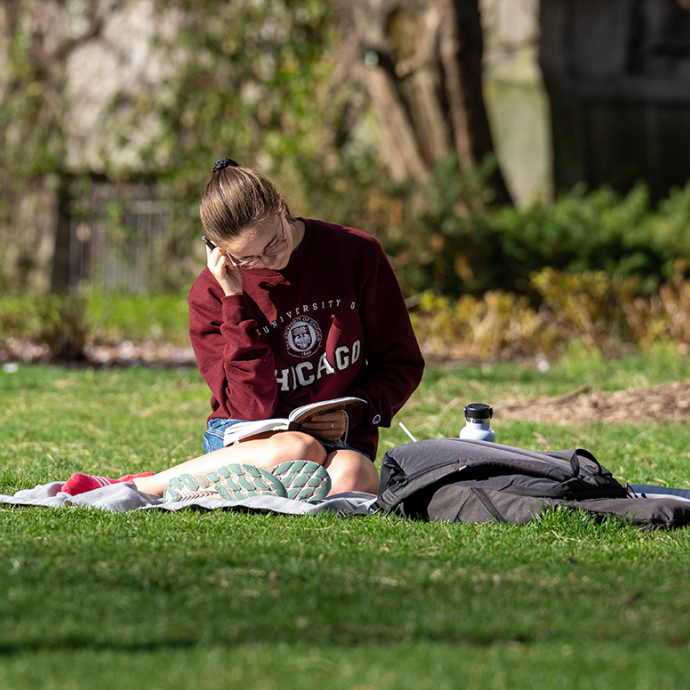The Rapid Prototyping Laboratory at Argonne National Laboratory is a bright, high-ceilinged room alive with the whir of robotic arms, the hum of 3D printers, and the gust of cooling fans. Young researchers huddle around laptops and workbenches. They program robots, test cameras and sensors, build virtual-reality models of workspaces and print new mechanical attachments.
These college interns, master’s students and Ph.D. candidates are laying the groundwork not only for their own future careers in laboratory science, but for the future of science itself. That’s because the Rapid Prototyping Laboratory is at the heart of an Argonne effort called autonomous discovery, which incorporates robotics, machine learning and artificial intelligence.
Scientists hope that autonomous discovery will speed the rate of scientific discovery while freeing up scientists’ hands and brains to work on tasks that only humans can accomplish.
Interns collaborating, tinkering and prototyping in the Rapid Prototyping Laboratory might design and print a custom attachment so a robotic arm can pick up a delicate petri dish without smashing it, or test cameras that help robots see and avoid obstacles in a lab.
Rafael Vescovi calls these steps “microtasks.” Vescovi is a data scientist with the Data Science and Learning division at Argonne, a U.S. Department of Energy laboratory which is managed by the University of Chicago. Vescovi and computational scientist Casey Stone are responsible for helping interns learn and grow during their time at Argonne. They work on ways to implement autonomous systems alongside existing instruments in Argonne’s labs and experiments. Vescovi says that chaining micro-projects together makes the long-term vision of autonomous discovery possible.
He acknowledges that it can be challenging for interns to parachute into such a big project. “But working in a group and working on a scientific or on a research and development environment,” he said, “I think they get a lot from that.”
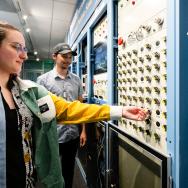
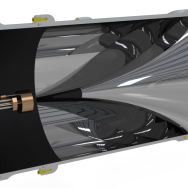
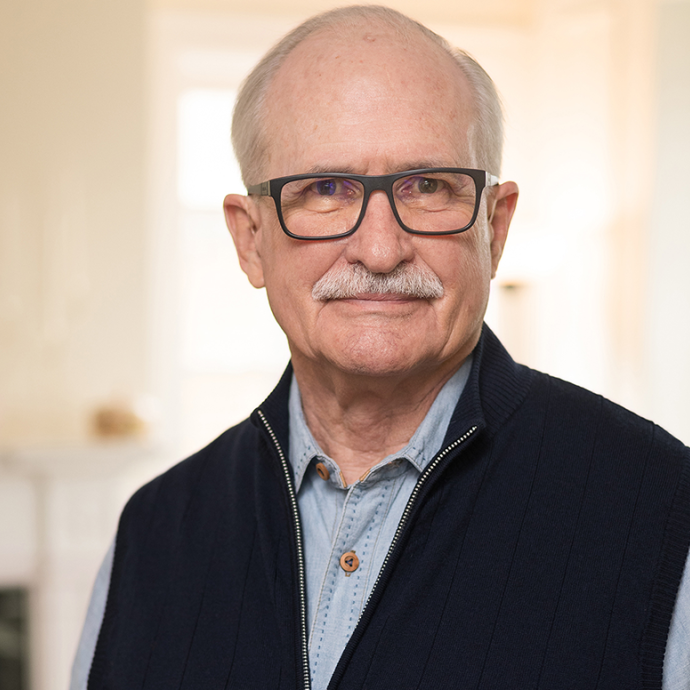
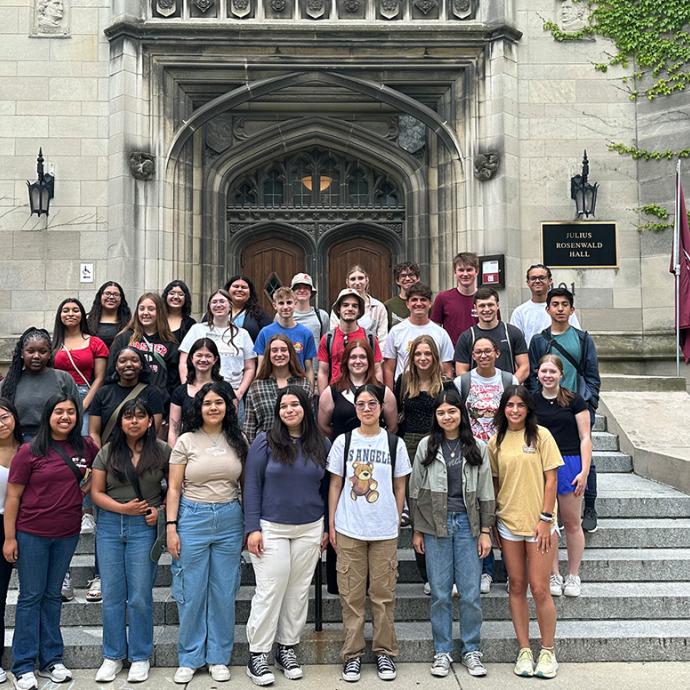
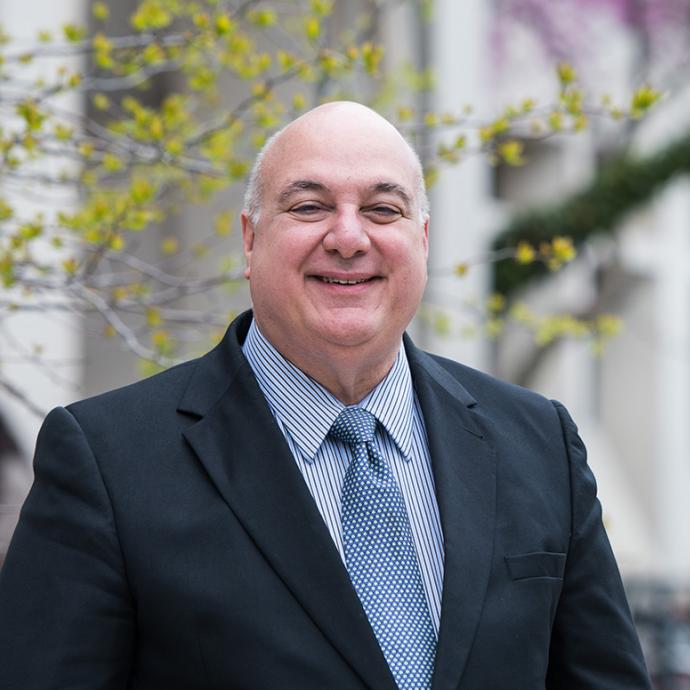

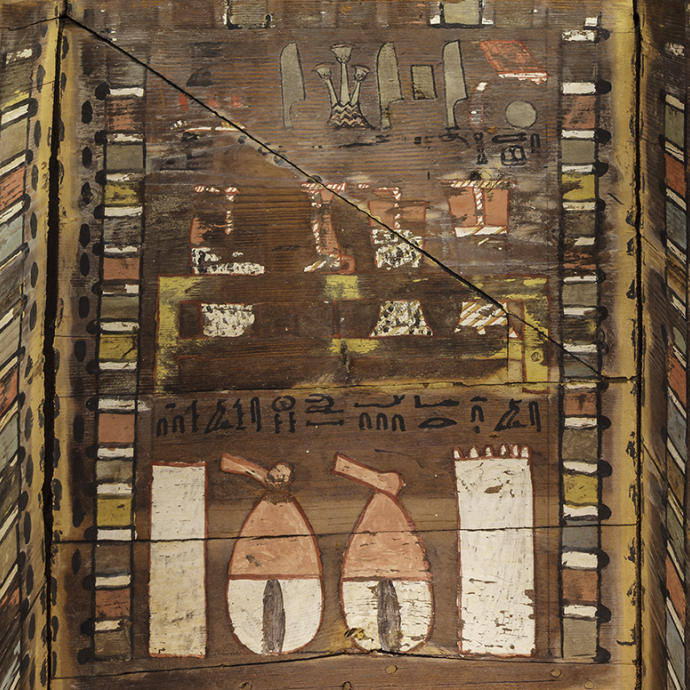

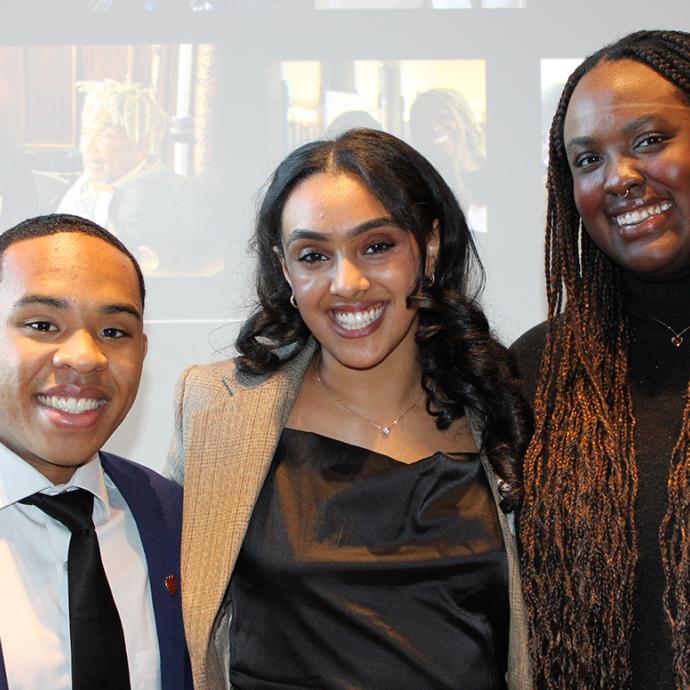

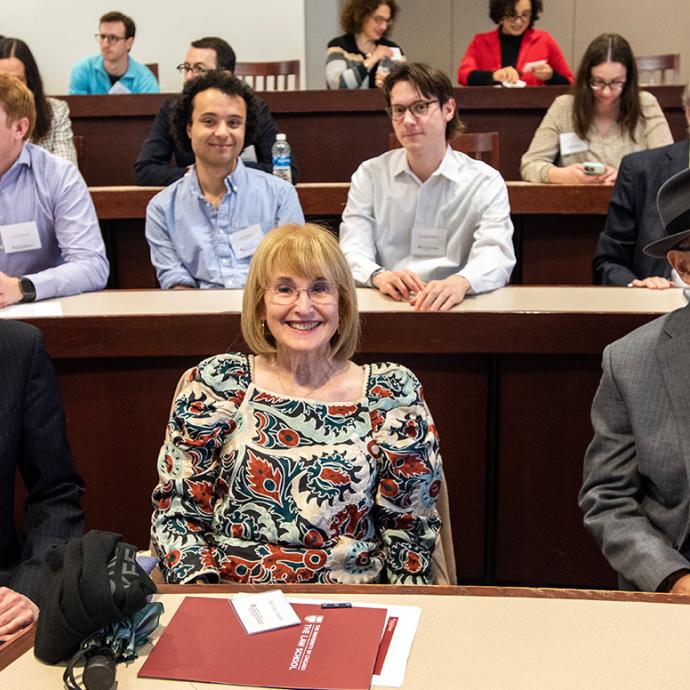
 —Prof. Chuan He
—Prof. Chuan He
